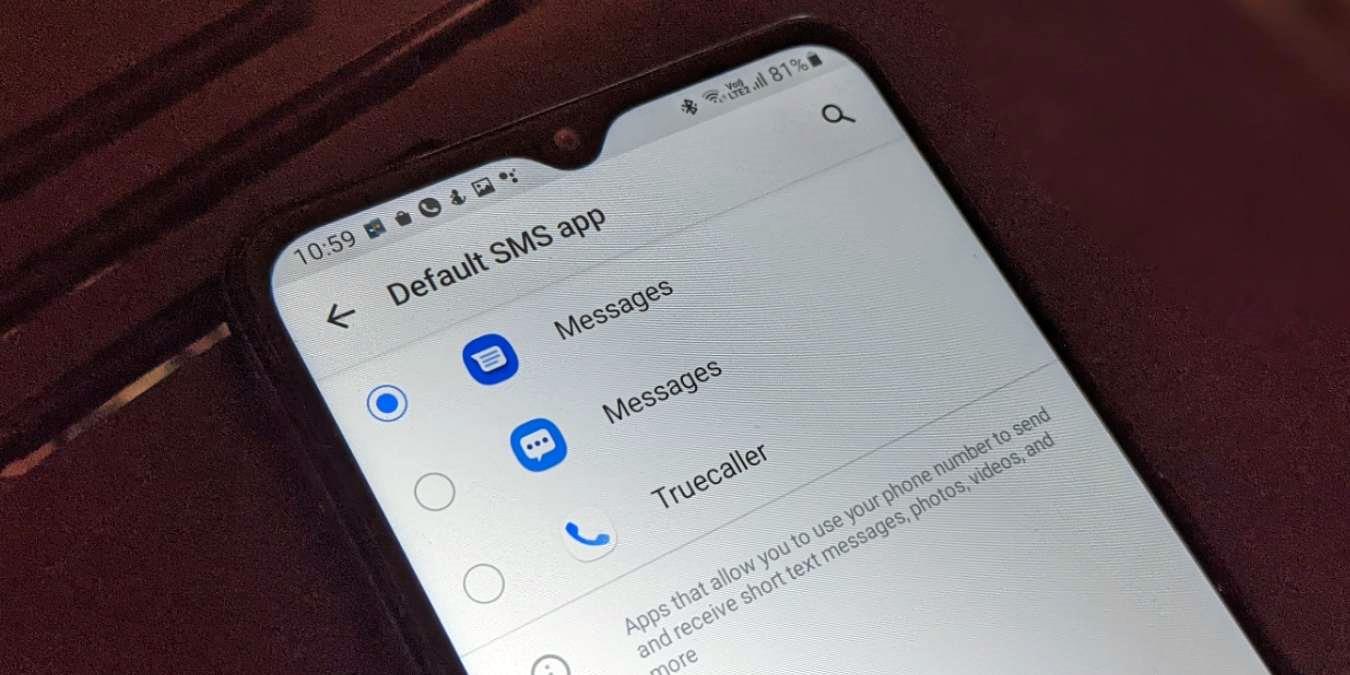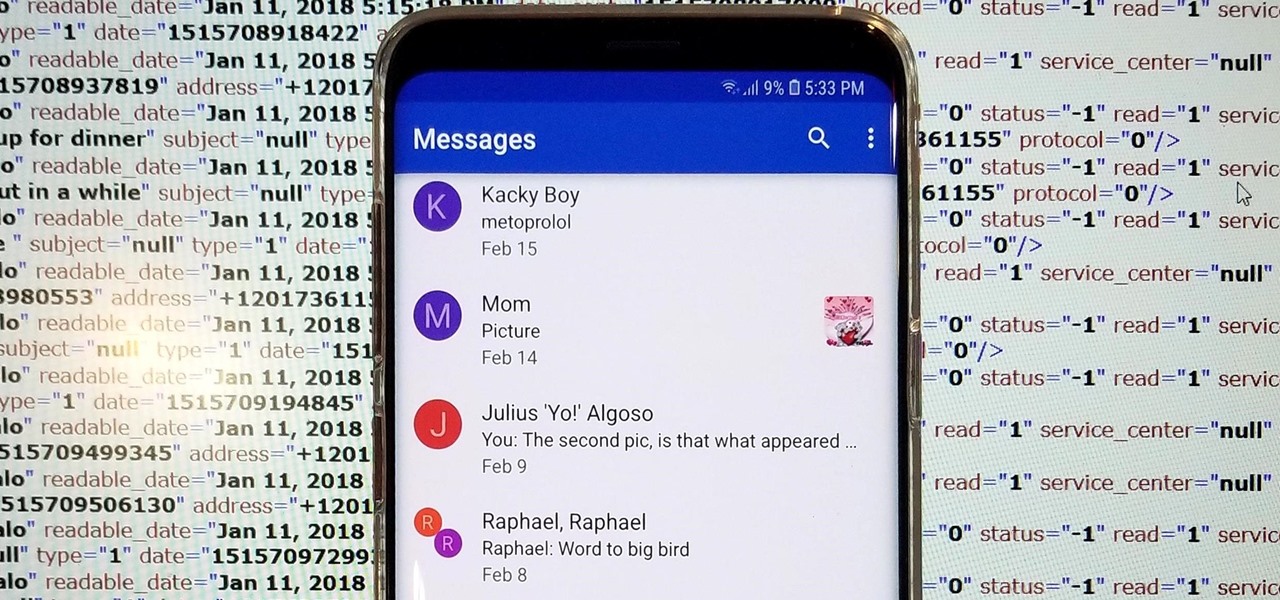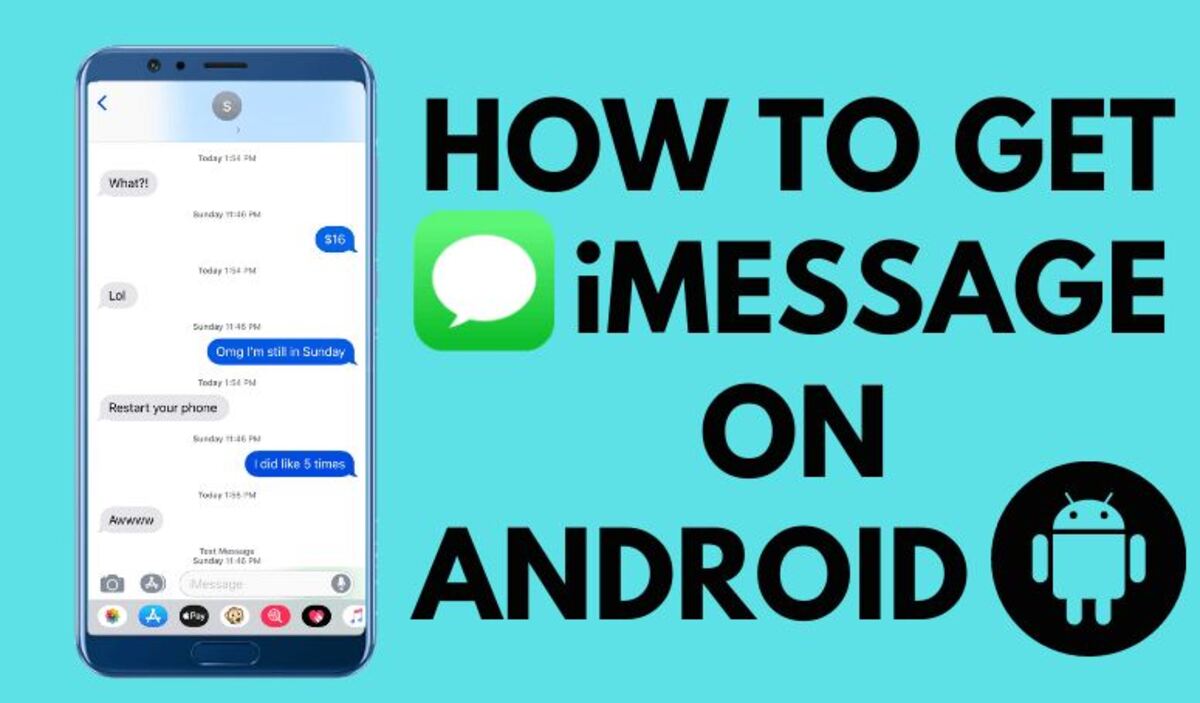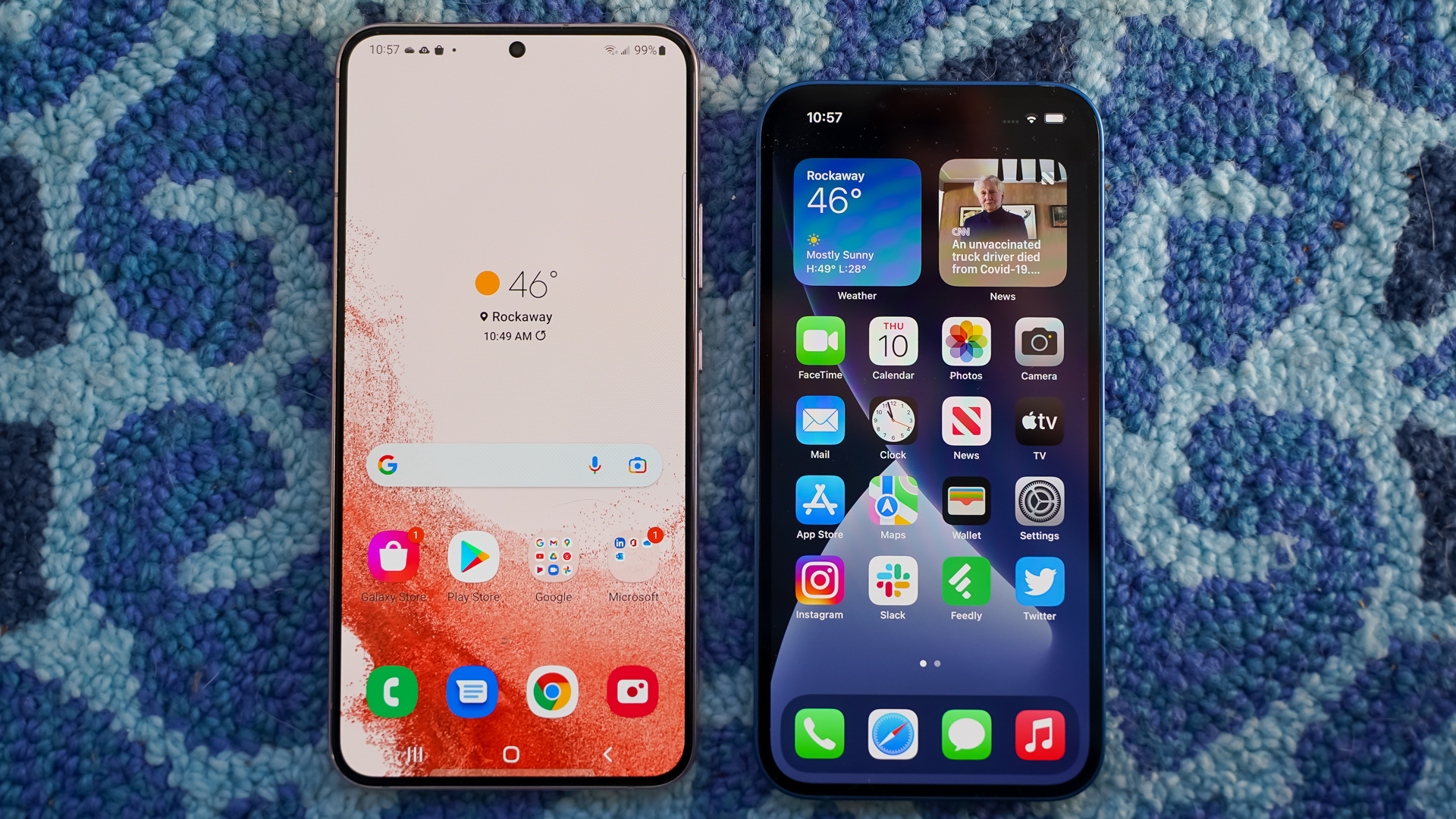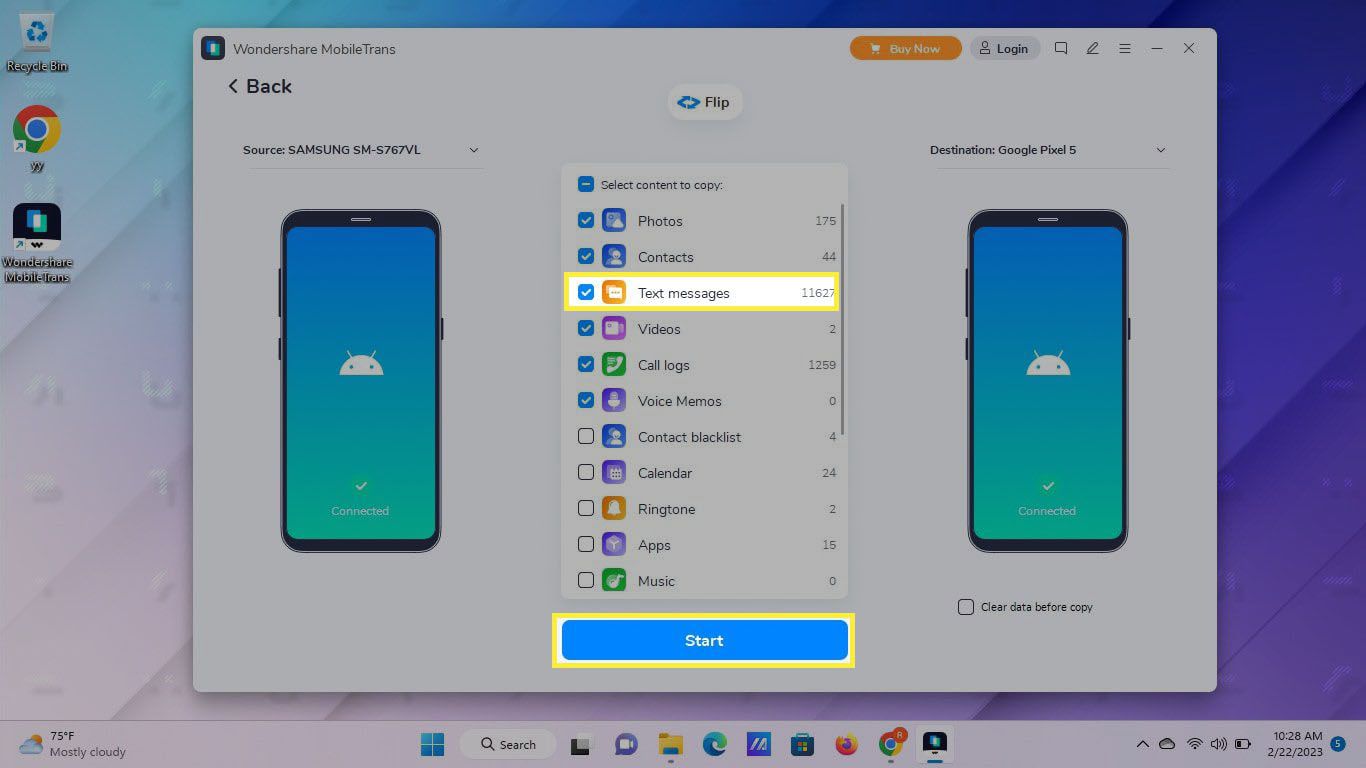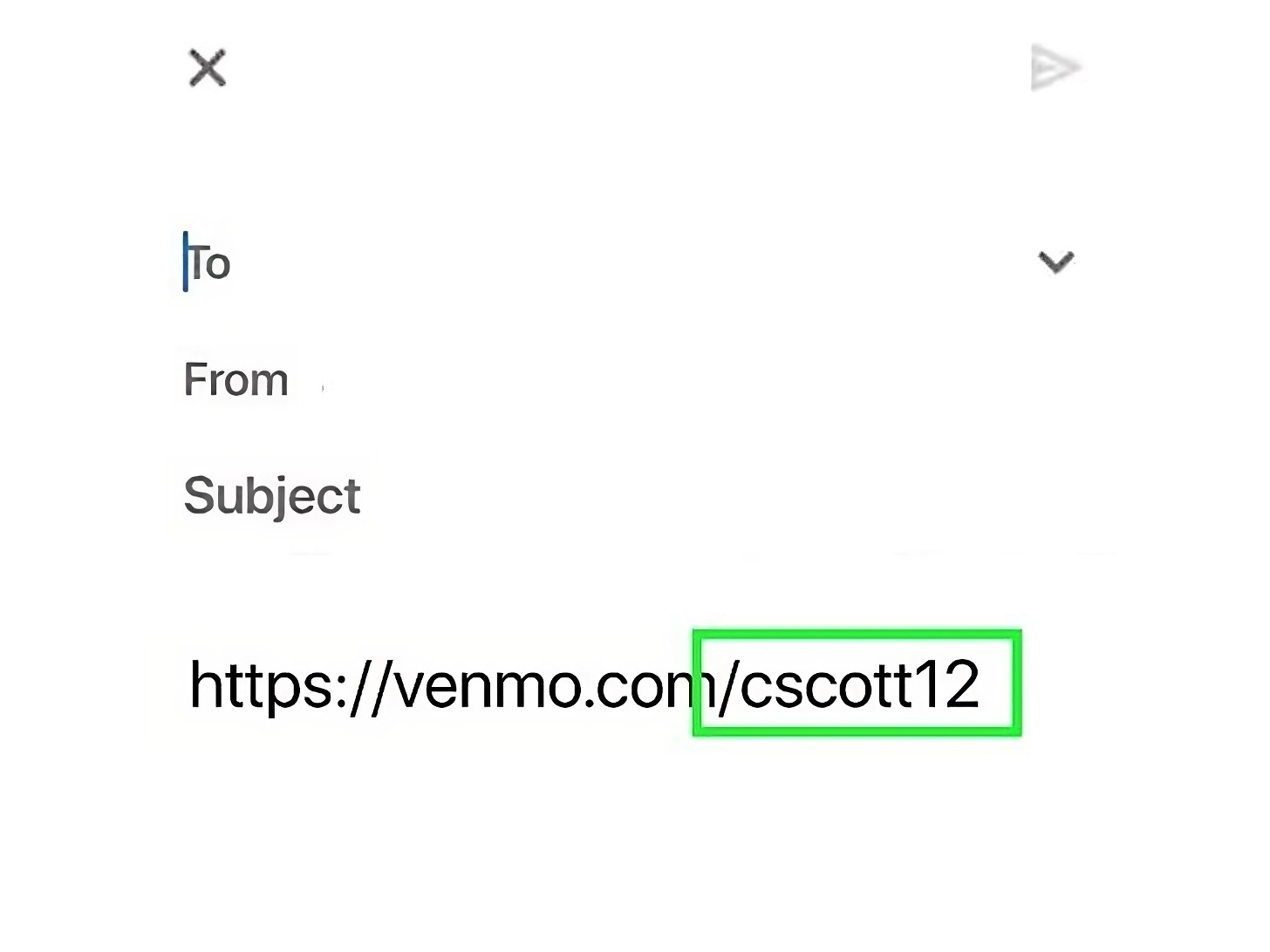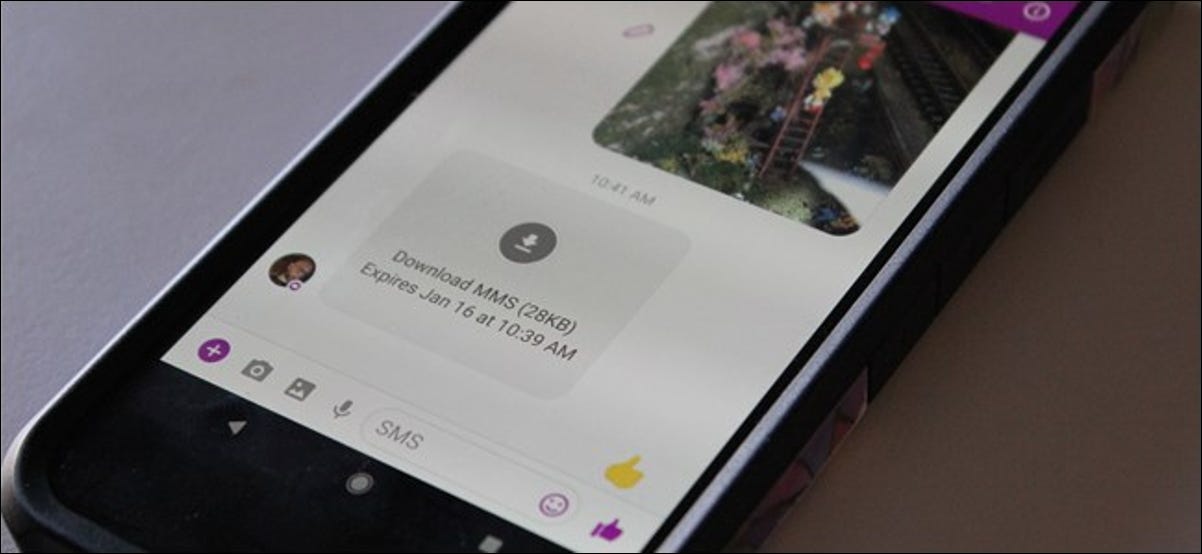Introduction
SMS messaging, short for Short Message Service, has revolutionized the way we communicate in the digital era. This technology allows us to send and receive text messages on our mobile devices, providing a convenient and efficient way to stay in touch with friends, family, and colleagues.
On Android devices, SMS messaging is an integral part of the operating system, enabling users to send text messages to other Android devices, as well as to non-Android users. With its widespread availability and ease of use, SMS messaging has become a popular method of communication for both personal and professional purposes.
In this article, we will explore the ins and outs of SMS messaging on Android, uncovering how it works, its benefits, limitations, common uses, and tips for effective messaging. Whether you’re a seasoned Android user or new to the platform, this guide will provide you with valuable insights and knowledge to make the most out of SMS messaging on your Android device.
So, if you’re ready to dive into the world of SMS messaging and learn all there is to know about its features and functionality on Android, let’s get started!
What is SMS messaging?
SMS messaging, also known as text messaging, is a technology that allows users to exchange short messages with one another using mobile devices. SMS messages are typically limited to 160 characters and can contain alphabetic, numeric, and special characters.
This form of communication originated in the early 1990s and quickly gained popularity due to its simplicity and ease of use. Unlike other messaging platforms that require an internet connection, SMS messaging relies on the cellular network to transmit messages, making it accessible to users even in areas with limited or no internet coverage.
SMS messages are sent and received through the user’s mobile service provider. When a user sends an SMS message, the message is converted into binary data and transmitted over the mobile network to the recipient’s device. The recipient’s device then receives the message and converts it back into readable text.
One of the key advantages of SMS messaging is its universal compatibility. SMS messages can be sent and received between different mobile devices, regardless of the operating system or mobile service provider. This means that users can communicate with friends, family, and colleagues who may be using different devices or service providers.
Furthermore, SMS messaging offers a reliable and instant means of communication. Unlike email or other forms of digital communication that may go unnoticed for hours or even days, SMS messages are typically received and read within minutes of being sent. This makes SMS messaging an ideal choice for time-sensitive or urgent communication.
Overall, SMS messaging is a widely used and essential feature of modern mobile devices. Whether it’s coordinating plans with friends, sending important information, or staying connected while traveling, SMS messaging provides a straightforward and efficient way to communicate with others.
How does SMS messaging work on Android?
On Android devices, SMS messaging is seamlessly integrated into the operating system, making it a straightforward and intuitive process for users. When you compose and send an SMS message on an Android device, the following steps take place:
1. Composing the message: To compose an SMS message, you can open the default messaging app on your Android device or use a third-party SMS app. Once inside the app, you enter the recipient’s phone number or select a contact from your phonebook. Then, you type out the message you want to send.
2. Sending the message: After composing the message, you simply tap the send button within the messaging app. The app then packages the message into a format that can be sent over the cellular network.
3. Transmitting over the cellular network: The Android device communicates with the mobile service provider to establish a connection and transmit the message. The message is sent as binary data packets over the cellular network to the recipient’s device.
4. Receiving the message: Once the recipient’s device receives the incoming SMS message, it is decoded from binary format into readable text. The messaging app on the recipient’s device notifies them of the new message.
5. Viewing and replying: The recipient can then read the message and choose to reply or take any other desired action. The response is sent back using the same process outlined above.
It’s important to note that both the sender and recipient must have an active mobile service plan that includes SMS messaging capabilities in order to send and receive messages. Additionally, charges or usage limits associated with SMS messages may apply based on the user’s mobile service provider and plan.
Android devices also provide the option to customize SMS messaging settings. Users can choose to enable features like delivery reports, message notifications, and automatic deletion of old messages. These settings can be accessed within the messaging app or the device’s system settings, depending on the specific Android version and device model.
In summary, SMS messaging on Android is a straightforward process that involves composing, sending, transmitting, receiving, and viewing messages. With its seamless integration and user-friendly interface, SMS messaging on Android devices provides a reliable and convenient means of communication.
Benefits of SMS messaging
SMS messaging offers several benefits that make it a preferred method of communication for many Android users. Let’s explore some of the key advantages:
1. Wide accessibility: SMS messaging is available on virtually all mobile devices, making it accessible to a large number of people. It doesn’t require internet connectivity, allowing users to send and receive messages even in areas with poor or no internet coverage.
2. Instant and reliable communication: SMS messages are typically delivered and read within minutes, providing an instant means of communication. Unlike other messaging platforms that rely on internet connectivity, SMS messaging ensures that your message reaches the recipient promptly.
3. Universal compatibility: SMS messaging works across different mobile platforms and service providers, allowing users to communicate with anyone who has a mobile device, regardless of device type or service provider. This universal compatibility makes SMS messaging a versatile and inclusive communication method.
4. Cost-effective: Most mobile service plans include SMS messaging as part of their offerings, often with unlimited or a generous number of messages per month. This makes SMS messaging a cost-effective option compared to other forms of communication, such as phone calls or international messaging apps.
5. No additional apps or accounts needed: Unlike certain messaging platforms that require users to download and install specific apps or create accounts, SMS messaging is built-in to Android devices. Users can start sending and receiving messages right away without the need for any additional apps or registrations.
6. Delivery confirmation: Some SMS messaging apps and service providers offer delivery confirmation, which lets you know if your message has been successfully delivered to the recipient’s device. This can be particularly useful for time-sensitive or important messages.
7. Security and privacy: SMS messages are typically encrypted and transmitted securely over the cellular network, ensuring a level of privacy and security for your conversations. While it’s always important to exercise caution when sharing sensitive information, SMS messaging provides a certain level of confidence in the security of your messages.
Overall, SMS messaging brings convenience, speed, and reliability to communication on Android devices. Whether you need to send a quick update, make plans, or simply stay in touch, SMS messaging offers a range of benefits that cater to the diverse communication needs of Android users.
Limitations of SMS messaging
While SMS messaging on Android devices offers numerous benefits, it does have some limitations that are important to consider. Let’s take a look at some of the key limitations:
1. Character limit: SMS messages are typically limited to 160 characters. If your message exceeds this limit, it will be split into multiple parts and will appear as separate messages on the recipient’s device. This can sometimes lead to confusion or disruption in the flow of the conversation.
2. Lack of multimedia support: SMS messaging is primarily text-based and does not support the transmission of multimedia files, such as photos, videos, or audio recordings. If you want to share media content, you’ll need to use alternative messaging platforms that support multimedia messaging.
3. No read receipts: Unlike some messaging apps that provide read receipts, SMS messaging on Android devices does not offer a built-in feature to track whether or not your message has been read by the recipient. You won’t be able to know if the recipient has seen your message unless they reply or notify you separately.
4. Limited formatting options: SMS messages do not support rich formatting options commonly found in other messaging platforms. You can’t use bold or italic text, change font sizes or colors, or include hyperlinks in your messages. SMS messages are plain text, without any additional formatting features.
5. International messaging charges: If you’re sending SMS messages to recipients in other countries, there may be additional charges imposed by your mobile service provider. International messaging rates can vary, so it’s essential to understand the costs associated with sending messages to international numbers.
6. Dependence on mobile network coverage: SMS messaging relies on cellular network coverage to transmit messages. If you’re in an area with poor or no signal, messages may not be sent or received until you regain network coverage. This can be a limitation in remote or rural areas with limited network infrastructure.
7. Limited group messaging features: While you can send messages to multiple recipients at once using group messaging, the features and functionalities of group messaging in SMS messages are often limited compared to dedicated group messaging apps. Features such as detailed participant management or advanced group interactions may not be available.
While these limitations exist, SMS messaging remains a reliable and widely used form of communication on Android devices. It’s important to be aware of these limitations and utilize alternative messaging platforms or methods when the need for multimedia support, read receipts, or advanced formatting arises.
Common uses of SMS messaging on Android
SMS messaging plays a crucial role in various aspects of everyday life for Android users. Let’s explore some of the most common uses of SMS messaging on Android devices:
1. Personal communication: SMS messaging is widely used for personal communication between friends, family members, and acquaintances. Whether it’s sending casual greetings, sharing important updates, or making plans, SMS messaging provides a quick and convenient way to stay connected with loved ones.
2. Business and professional communication: Many businesses utilize SMS messaging to communicate with customers, clients, and employees. It can be used for appointment reminders, order notifications, customer support, and even two-factor authentication for added security.
3. Alerts and notifications: SMS messaging is an effective way to receive important alerts and notifications. Banks and financial institutions often send SMS messages to inform customers of account activity, payment reminders, or security alerts. Service providers, such as airlines or transportation companies, also use SMS messaging to provide updates on flight statuses or reservation details.
4. Marketing and promotions: SMS messaging is a valuable tool for businesses to deliver targeted marketing messages and promotions directly to customers. Discount codes, exclusive offers, and event notifications can be sent via SMS, allowing businesses to reach a wide audience and generate customer engagement.
5. Service and appointment reminders: SMS messaging is commonly used to send service reminders, appointment confirmations, and follow-up messages. Dentists, doctors, salons, and other service providers can utilize SMS messaging to reduce no-shows and improve customer satisfaction by keeping customers informed and reminded of their appointments.
6. Emergency notifications: SMS messaging is a vital communication channel for emergency notifications. Local governments, public safety agencies, and organizations can send SMS alerts in times of natural disasters, security threats, or other emergencies, ensuring the safety and well-being of the community.
7. Information services: Many organizations offer SMS-based information services where users can subscribe to receive news updates, weather forecasts, sports scores, or stock market updates via SMS messages. This provides a convenient way to stay informed without relying on internet connectivity.
These are just a few examples of the wide range of uses for SMS messaging on Android devices. Its versatility and simplicity make SMS messaging an essential tool for personal, professional, and informational communication needs.
Setting up and sending SMS messages on Android
Setting up and sending SMS messages on Android devices is a straightforward process. Let’s walk through the steps involved:
1. Configure default messaging app: Android devices come with a default messaging app pre-installed, such as Google Messages or the manufacturer’s messaging app. Ensure that your desired default messaging app is set up properly. If you prefer to use a third-party messaging app available on the Google Play Store, you can download and install it as well.
2. Add a contact or enter a phone number: To send an SMS message, either open an existing contact from your phonebook or manually enter the recipient’s phone number. If you’re sending a message to multiple recipients, use the option to create a group or select multiple contacts.
3. Compose your message: Once you have selected the recipient(s), compose your message in the designated text input field. Type your desired text, taking into account the 160-character limit. You can use the keyboard provided by your messaging app or any third-party keyboard app you have installed on your device.
4. Optional: Attach media files: Depending on your messaging app and Android version, you may have the option to attach photos, videos, or other media files to your message. Look for a paperclip or attachment icon within the messaging app to access this feature. Note that attaching media files may impact the character limit or incur additional charges if sent as MMS (Multimedia Messaging Service).
5. Send the message: Once you have composed your message, simply tap the send button (usually represented by a paper plane icon) within the messaging app. Your message will be sent over the cellular network to the recipient’s device. The message should promptly appear in the conversation thread within the messaging app.
6. View message status and replies: Your messaging app may provide information about the status of your sent message, such as a delivered or sent notification. Additionally, any replies you receive from the recipient will appear in the conversation thread, allowing you to continue the conversation.
It’s worth noting that certain devices and messaging apps may have additional features or settings related to SMS messaging. These can include options for delivery reports, read receipts, message scheduling, and more. Explore the settings of your messaging app or refer to the device’s user manual for further customization options.
With the above steps, you can easily set up and send SMS messages on your Android device. Whether you’re exchanging messages with friends, colleagues, or businesses, SMS messaging provides a quick and reliable way to communicate.
Tips for effective SMS messaging on Android
While SMS messaging on Android devices is quick and convenient, there are a few tips and best practices you can follow to enhance your messaging experience. Consider the following tips for effective SMS messaging:
1. Keep messages concise: SMS messages have a character limit, so it’s important to be concise and get your point across in a clear and concise manner. Use simple and direct language to convey your message effectively within the limited space.
2. Use proper grammar and punctuation: Although SMS messages are often more informal than other forms of communication, using proper grammar and punctuation can make your messages more professional and easily understandable.
3. Be mindful of the recipient’s time: SMS messaging is generally used for quick messages, so be considerate of the recipient’s time. Keep your messages to the point and avoid sending long, unnecessary texts that could be better suited for other communication methods.
4. Avoid using excessive abbreviations: While abbreviations can be useful for saving characters, excessive use of abbreviations can make your messages difficult to read and comprehend. Use abbreviations sparingly and ensure that the recipient understands what you’re trying to convey.
5. Double-check before sending: Before hitting the send button, take a moment to review your message for any spelling errors, typos, or incorrect information. Double-checking before sending can help ensure that your message is clear and error-free.
6. Respect privacy and security: Keep in mind that SMS messages can include sensitive information, so be cautious about sharing personal details or confidential information over SMS. Ensure that you’re sending messages to the correct recipient and avoid discussing sensitive matters via SMS.
7. Use group messaging effectively: When sending group messages, be mindful of including only relevant participants, as not everyone may be interested or need to receive the same message. Additionally, be careful when replying to group messages to avoid sending unintended messages to the entire group.
8. Respond promptly: SMS messaging is known for its quick and instant nature, so try to respond to messages in a timely manner. Prompt responses can help maintain smooth and efficient communication with the sender.
9. Customize your messaging settings: Explore the settings of your messaging app to tailor it to your preferences. You can adjust settings such as notifications, SMS sound alerts, and vibration patterns. Customizing these settings can help you personalize your messaging experience.
10. Consider alternative messaging methods when necessary: While SMS messaging is a convenient option, it may not always be suitable for all types of communication. If you need to share multimedia files, have longer conversations, or require specific features like read receipts, consider utilizing other messaging platforms or applications that offer these capabilities.
By following these tips, you can maximize the effectiveness of your SMS messaging on your Android device. Whether you’re staying in touch with friends, communicating with colleagues, or exchanging information with businesses, these practices will help you make the most out of your SMS messaging experience.
Popular SMS messaging apps for Android
While Android devices come with a default messaging app, there are several alternative SMS messaging apps available on the Google Play Store that offer additional features and customization options. Here are some popular SMS messaging apps for Android:
1. Google Messages: As the default messaging app on many Android devices, Google Messages offers a clean and intuitive interface. It supports rich media sharing, group messaging, and provides features like message searching and spam protection.
2. Textra SMS: Textra SMS is a highly customizable SMS messaging app with a wide variety of themes, font styles, and bubble styles. It offers features like delayed sending, quick reply, and the ability to pin important conversations to the top.
3. Pulse SMS: Pulse SMS is a cross-platform messaging app that allows you to send and receive SMS messages from your Android phone, tablet, and even web browsers. It offers features like message backup, scheduling, and password protection for individual conversations.
4. chomp SMS: chomp SMS is another popular messaging app that offers a range of customization options. It includes features like SMS blocking, quick reply, and the ability to customize notification sounds for specific contacts.
5. Handcent Next SMS: Handcent Next SMS is a feature-rich messaging app that provides options for customizing fonts, bubbles, and themes. It offers features like a private box for securing conversations, SMS backup, and a powerful SMS search function.
6. Signal Private Messenger: While primarily known for its end-to-end encrypted messaging capabilities, Signal Private Messenger also supports SMS messaging. It ensures secure communication, offers disappearing messages, and supports group messaging.
7. YAATA SMS: YAATA SMS offers a clean and user-friendly interface along with features like floating notifications, pop-up replies, and scheduling messages. It allows users to set individual settings for different contacts and supports dual SIM devices.
8. Mood Messenger: Mood Messenger provides a visually appealing interface with options to customize chat bubbles, fonts, colors, and themes. It includes features like quick reply, contact-based color schemes, and an SMS blocker.
9. QKSMS: QKSMS delivers a clean and minimalistic design with a focus on simplicity. It offers customizable themes, scheduled messages, group messaging, and the ability to search through message history.
10. Android Messages by Carrier Services: Some mobile service providers offer their own messaging apps, such as Verizon Messages, AT&T Messages, or T-Mobile’s built-in messaging app. These apps provide carrier-specific features and integration for a seamless messaging experience.
These are just a few examples of the popular SMS messaging apps available for Android devices. Explore these or other messaging apps on the Google Play Store to find the one that best suits your preferences and messaging needs.
Conclusion
SMS messaging on Android devices is a fundamental and widely-used method of communication, offering a range of benefits for personal and professional interactions. With its universal compatibility, instant delivery, and wide accessibility, SMS messaging provides a reliable and convenient way to stay connected with others.
In this article, we have explored the basics of SMS messaging on Android, including how it works, its benefits, limitations, common uses, and tips for effective messaging. We have also highlighted popular messaging apps available on the Google Play Store that enhance the SMS messaging experience with additional features and customization options.
By following the tips provided, such as keeping messages concise, using proper grammar, and being mindful of the recipient’s time, you can maximize the effectiveness of your SMS messages. Additionally, if the limitations of SMS messaging become a hindrance or you require advanced features, consider exploring alternative messaging platforms.
Whether you’re sending personal messages, conducting business communication, or receiving important alerts, SMS messaging on Android is a versatile tool for efficient and reliable communication. It remains a fundamental and widely-used method of connecting with others, offering the convenience, speed, and reliability that has made it a staple in the digital world.
Next time you use SMS messaging on your Android device, remember these insights and put them into practice to make the most out of your messaging experience.







